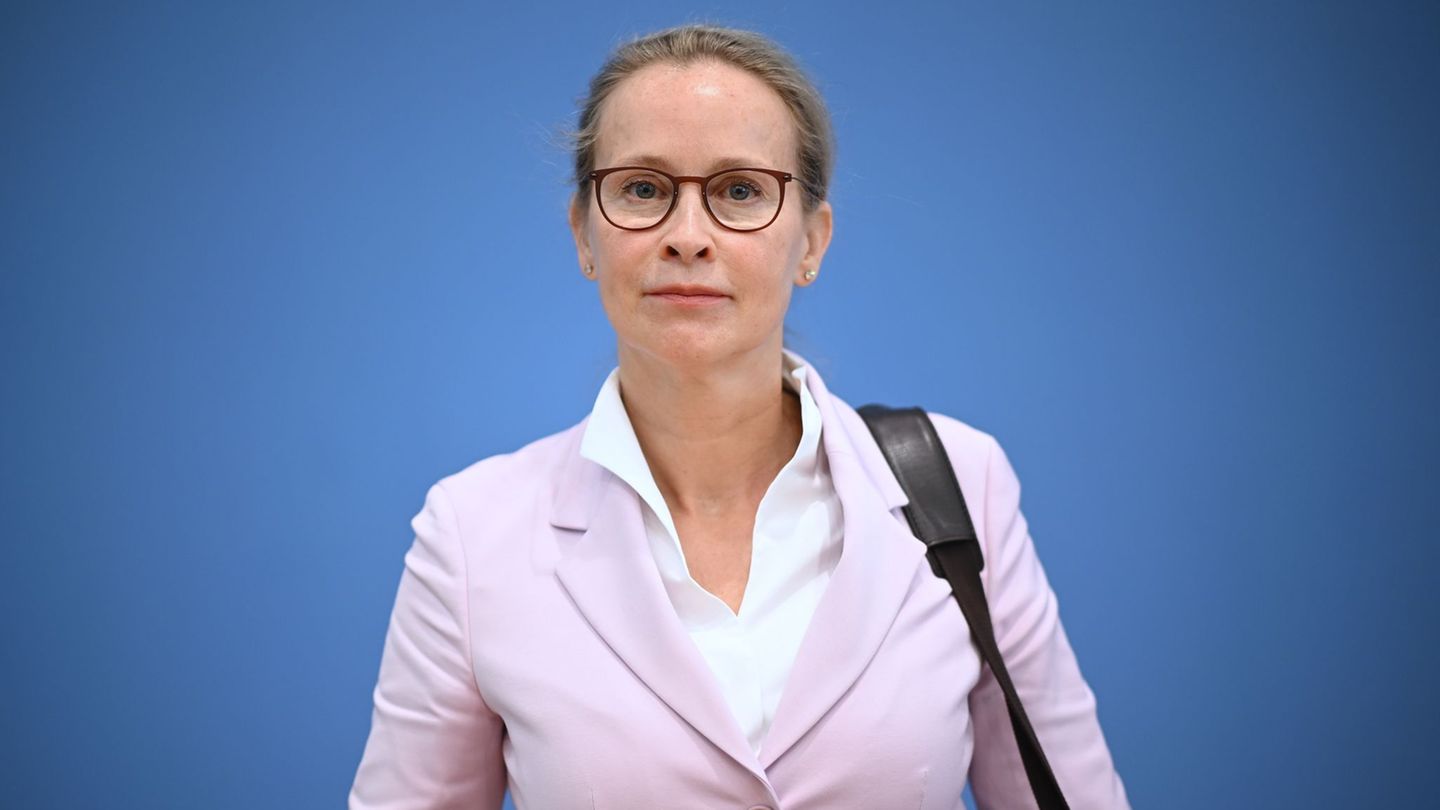A step towards efficient consumption
Did you know that shifting workload on-premise to functions serverless in the cloud can reduce the carbon footprint by 88%? The impressive figure comes from the fact that the models serverless are more flexible in terms of resource allocation and scalability. As companies grow or slow down, they can increase and decrease their resources. Similarly, when these functions are no longer in use, the resources can be reallocated.
The technology serverless not only better adapt to changing workloads and demands, it also encourages developers to write more efficient code. Ultimately, this efficiency makes programs more accessible on older computers, which means hardware waste is also reduced. It also means less data is exchanged while writing code, so even less power is used, in addition to existing savings, compared to traditional servers.
There’s a reason corporations like Netflix, Coca-Cola, and others use serverless: contributes significantly to your green efforts and your bottom line. In fact, it can lead to a cost reduction of up to 90% in a small non-critical application for some businesses. Considering the scope of activities of large companies, this strategy could lead to even greater savings and, more importantly, greener practices.
With these players defending the architecture serverless, smaller organizations are more likely to jump on board. Businesses of any size with NodeJs/Python/.net/C# or Go applications can quickly move to any cloud infrastructure. Additionally, smaller companies have the flexibility to apply more innovative solutions to a strategy. serverless and potentially further optimize your energy and cost savings.
This projection of energy savings is optimistic and it is not unfounded to think that it will be increasingly efficient and sustainable. Just look at the fact that despite substantial increases in data usage over the past decade, data center power consumption has only increased by 6%. The cause? What great players and leaders of computing serverlesssuch as Amazon, Google, and Microsoft, are implementing significant improvements in the energy efficiency of servers, storage, and data center facilities.
serverless is part of an even bigger solution
serverless It clearly makes sense from a sustainability standpoint. However, to take full advantage of its environmental advantages, organizations must set clear goals. They will need to define KPI’s around the reduction of emissions and their energy consumption. They will then need to consider how serverless can support those goals and how it fits into the bigger picture of sustainable operations.
To get started, companies will need to know what is your carbon footprint and determine which changes to IT architecture and systems will have the most profound effect. They should also take steps to make sure they constantly strive to be environmentally friendly. That could mean co-location of microservices serverless to reduce congestion and latency, run resource-intensive microservices in low-carbon regions, and optimize the way data is stored to further restrict downtime. These are big steps, but they are necessary to maximize energy savings and ensure advances in technical infrastructure keep up with sustainability standards.
serverless has begun to positively transform cloud processing. We now have a responsibility not only to maintain its momentum, but also to continue evolving so that energy savings are permanent.
Head of Engineering Office at intive Americas
Source: Ambito
David William is a talented author who has made a name for himself in the world of writing. He is a professional author who writes on a wide range of topics, from general interest to opinion news. David is currently working as a writer at 24 hours worlds where he brings his unique perspective and in-depth research to his articles, making them both informative and engaging.




